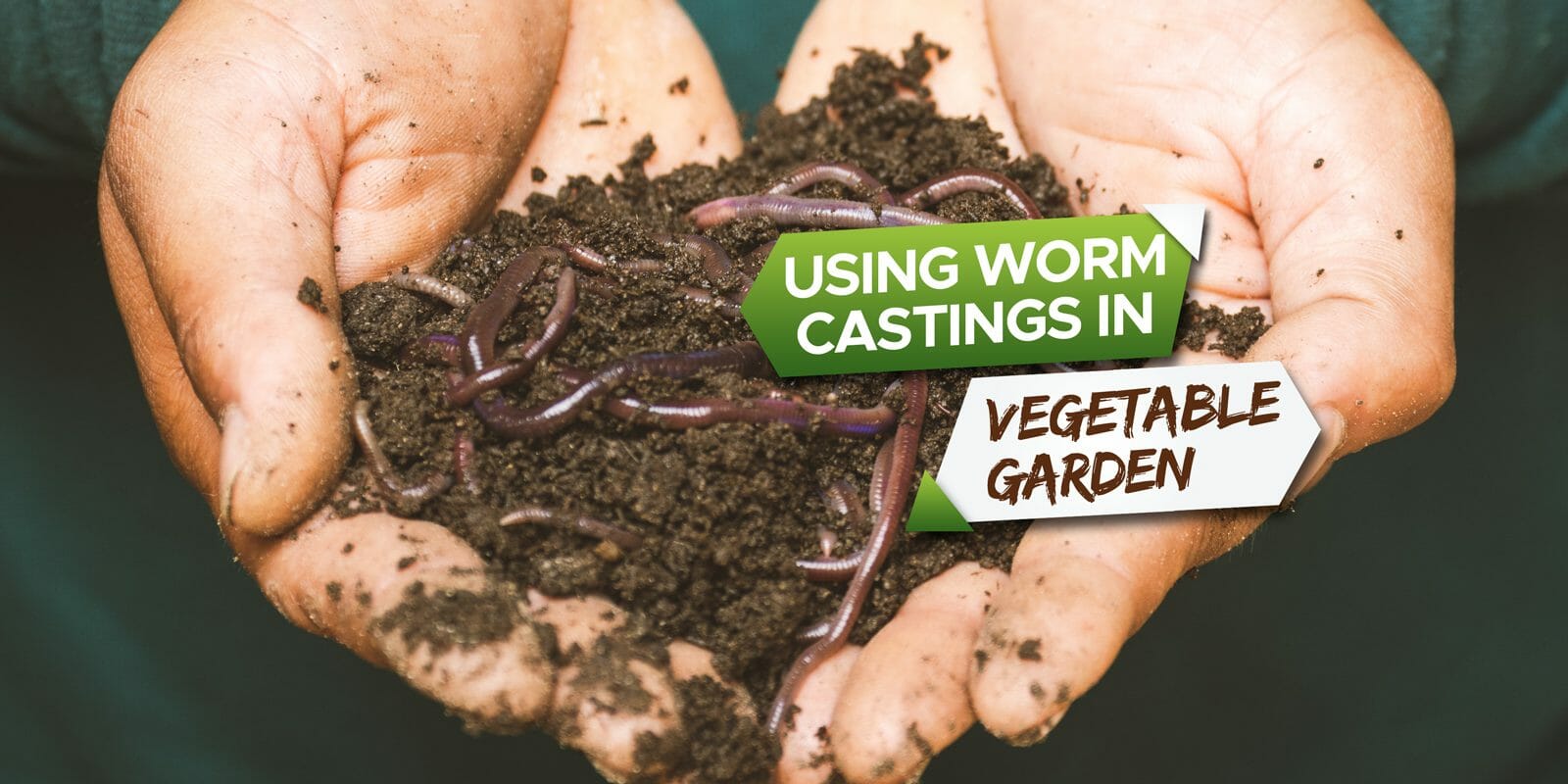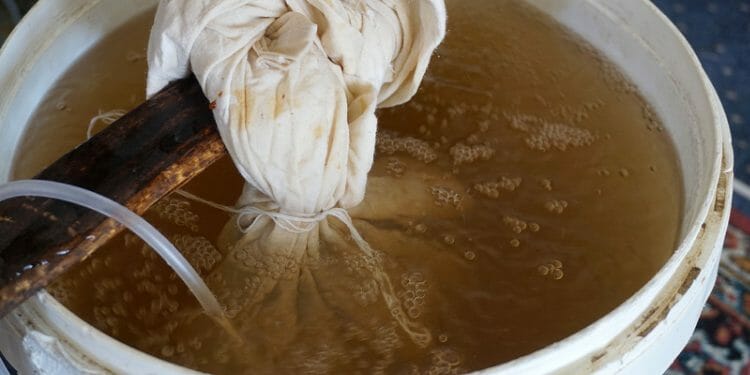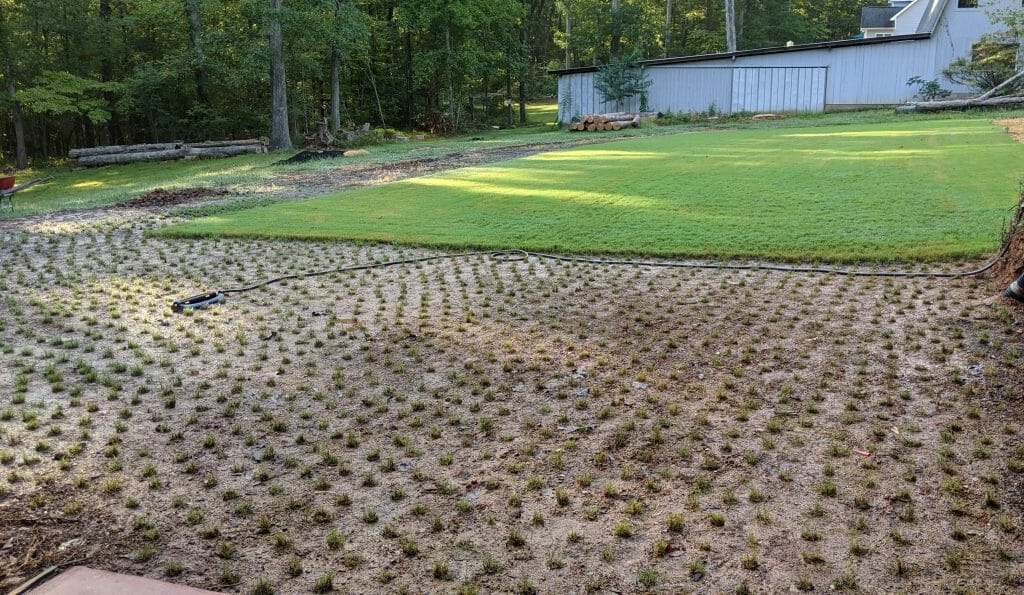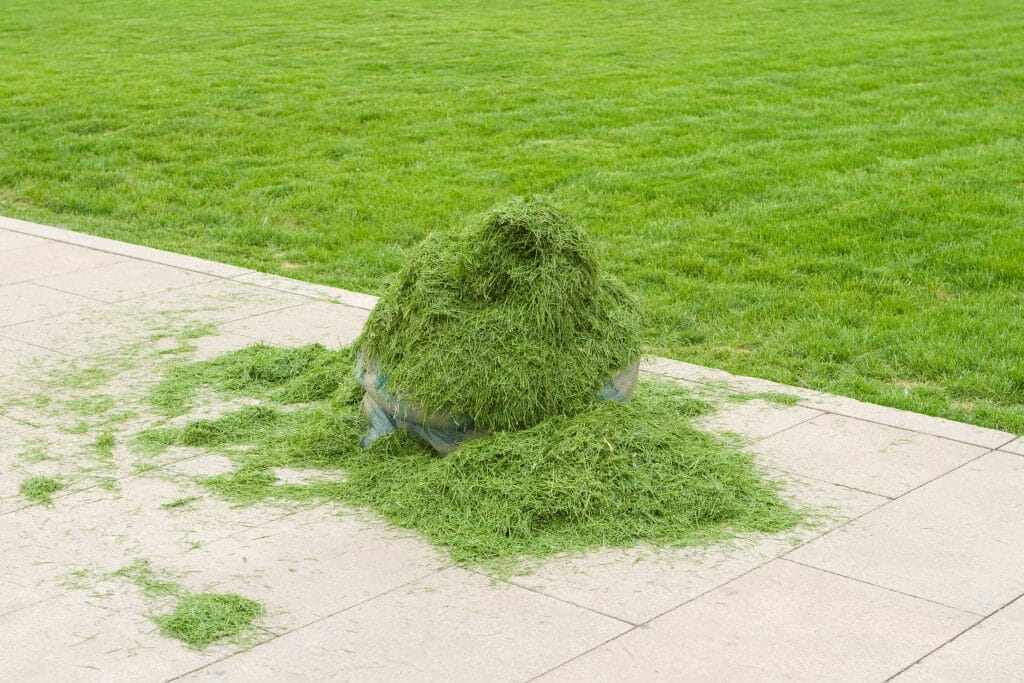
Worm castings can be a wonderful addition to your vegetable garden. They’ll help to improve the structure of the soil and allow all of your vegetables the ability to access the additional nutrients found within it.
So, let’s answer the question, “How to use worm castings in a vegetable garden?”. You can use worm castings in your vegetable garden in a few different ways. You can incorporate the castings into the soil before planting or add a few castings when planting your seedlings. You can also side-dress with worm castings while your vegetables are growing or even make worm castings tea to water your vegetables.
Let’s look at these different methods in more detail.
How To Use Worm Castings When Preparing Your Vegetable Garden
If you’re starting a new veggie patch or your garden has been left fallow over winter, you want to prepare your soil well before planting your vegetables.
This usually involves digging and raking the soil to remove weeds and break up large clumps of clay. This is also the best time to add some additional organic matter and if you have worm castings, this is a great time to incorporate them into the soil.
When digging in your worm castings, just incorporate them into the top foot of the soil as this is where they’re going to have the best benefit. They will help to improve the soil structure which offers tremendous benefits to the roots of your veggies.
Plant roots need air, water and nutrients to support actively growing plants. By improving the structure of the soil, the worm castings will ensure that there are plenty of air pockets to keep plant roots nice and healthy.
Additionally, the microbes in the castings will allow the roots of the veggies to better take up the nutrients from the soil that may otherwise have been locked up by incorrect soil structure or pH.

How To Use Worm Castings During Planting Time
Worm castings can also be used when it’s time to plant your seedlings or young plants. After you’ve dug the planting holes and placed the plants inside, mix some worm castings with the soil that you use to backfill the hole.
This ensures that the castings are right at the root level of the plants and will give your new seedlings a very healthy start.
Be sure that you don’t backfill the hole entirely with worm castings, though. This will create a barrier between the roots and the surrounding soil that the roots won’t be able to break through. Plus, the castings don’t have the necessary structure to support healthy growing plants.
It’s a much better idea to mix one part worm castings to three parts soil and then use this mixture to backfill the planting holes with.
How To Side Dress Your Growing Vegetables With Worm Castings
Another way that you can utilize worm castings in your vegetable garden is to side-dress your vegetables while they’re growing. To do this you can either scatter a few castings around the base of the plants and then water them in.
Alternatively, you can create a shallow trench alongside a row of vegetables and fill this with worm castings. You also want to water this well, as the water will move the castings down into the soil where the veggie roots are located.
How To Make Worm Castings Tea To Water Your Plants With
Using tea made from worm castings has similar benefits to watering your plants with liquid seaweed or fish emulsion. It helps to condition the soil and add beneficial soil bacteria and microbes.
Here’s how to make your own worm castings tea:
- Fill a bucket with water, throw in a handful of worm castings and mix well.
- Stretch an old stocking over the opening of a watering can.
- Pour the liquid from the bucket through the stocking and into the watering can.
- The stocking will help to capture all the bits and pieces from the worm castings.
- Carefully lift up the edges of the stocking to capture the thick slurry inside.
- Squeeze the remaining water from the slurry into the liquid in the watering can. You might want to wear rubber gloves for this because it can be quite messy.
- You now have a nutritious liquid soil conditioner that you can use to water your vegetables with. Make sure that you water this around the base of your plants and avoid getting too much on the leaves.

Frequently Asked Questions
Are worm castings good for vegetable gardens?
Worm castings are one of the best soil conditioners that you can use on your vegetable gardens. They will help to improve the structure of the soil and help the roots of your vegetables absorb all the nutrients they need.
Can you put worm castings on top of soil?
Absolutely. This is commonly referred to as top dressing and is one of the best ways you can utilize worm castings in your vegetable garden.
Do tomato plants like worm castings?
Your tomato plants are going to love worm castings. Worm castings include trace amounts of calcium which is excellent for growing big, juicy tomatoes.
Final Thoughts
Worm castings make an excellent addition to your vegetable garden. They’ll help your veggies to grow strong and healthy as long as you also add some organic fertilizer for nutritional benefits. Remember that worm castings don’t contain all the necessary nutrients that your plants need to grow. However, they do condition the soil and make these nutrients more readily available to the plants.
There are many different ways that you can use worm castings on your vegetable garden. You can incorporate them into the soil before planting or even use a handful at planting time.
Additionally, you can use worm castings as a side dressing during the active growing stages of your vegetables. And finally, you can make a tea from the castings that your plants are going to love.


